Bacteria Making Rain
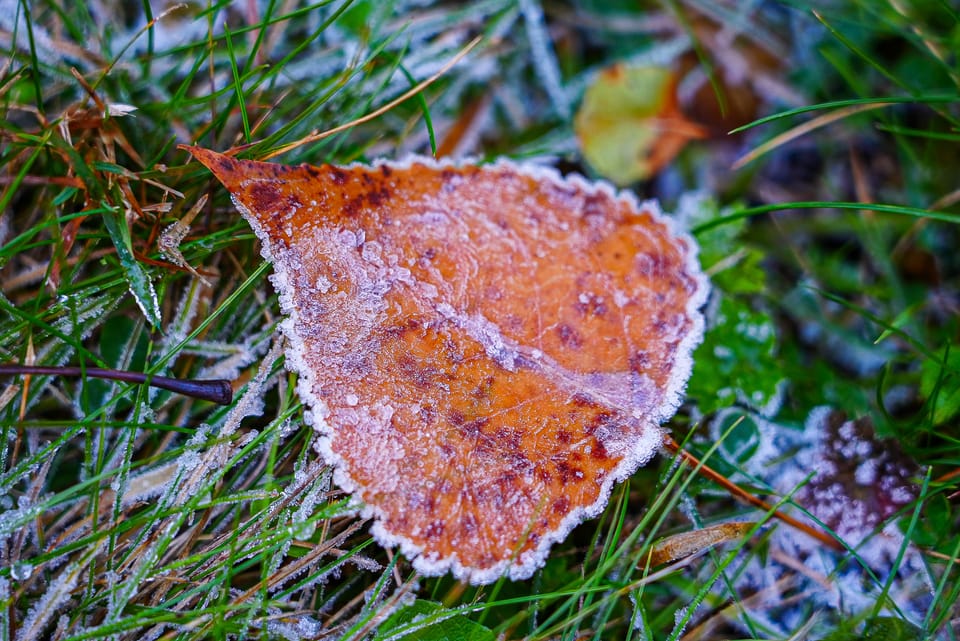
Historic rainstorms have been in the news all week—and almost all of us are experiencing some type of rain or snow right now—so let's talk about rain.


First off, it helps to understand that rain doesn't just magically fall from the sky. All precipitation, whether warm rain or cold snowflakes, begins as water vapor in clouds and, by definition, vapor is airborne and doesn't gather into heavier water droplets that can fall.
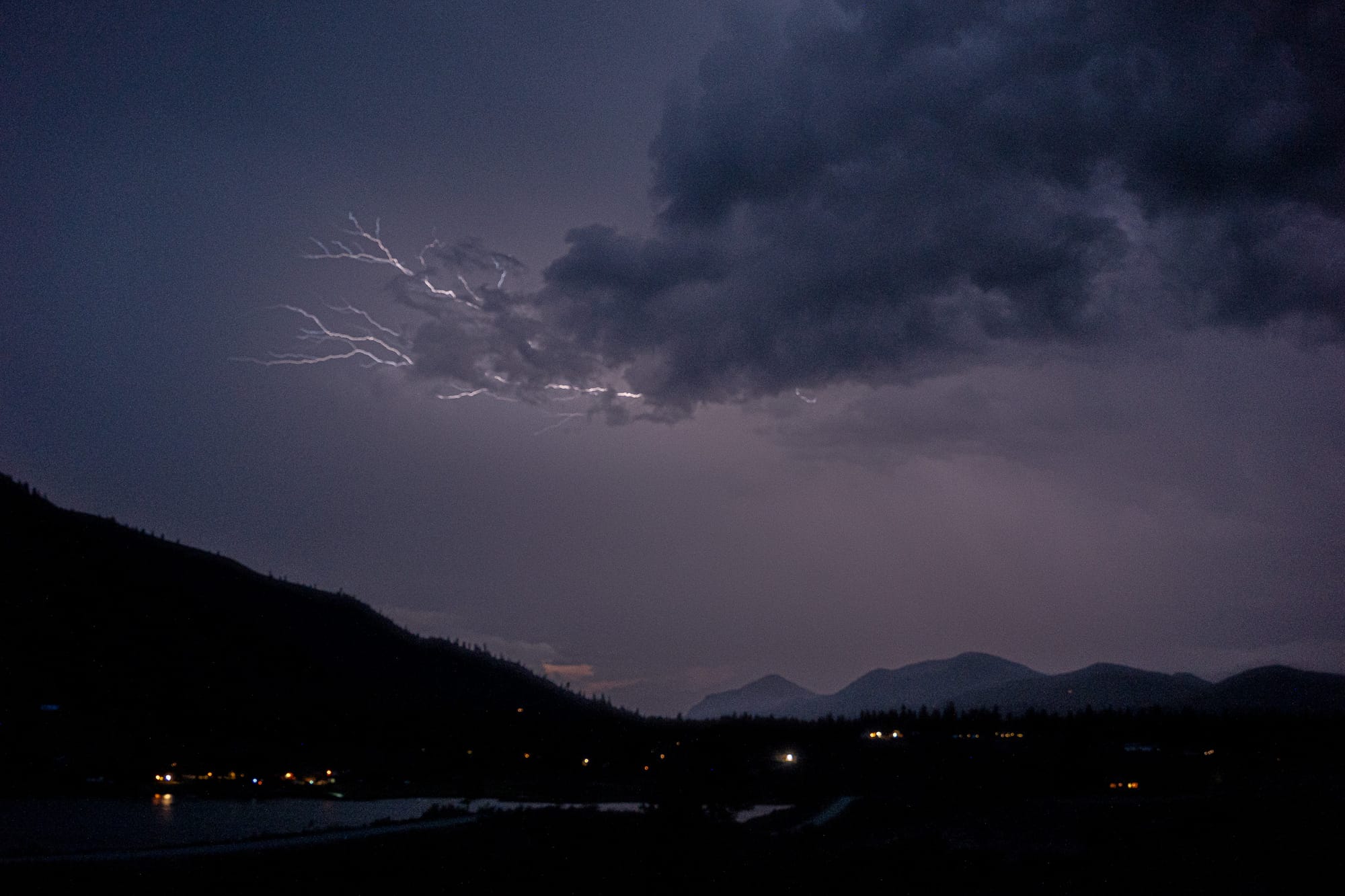
What actually happens in supercooled clouds high in the atmosphere is that ice crystals start forming, and then these crystals grow larger as they collide and merge with water vapor until they're heavy enough to start falling. If temperatures are cold enough these crystals remain intact (as snowflakes) all the way to the ground, while at warmer temperatures crystals melt into rain as they fall.
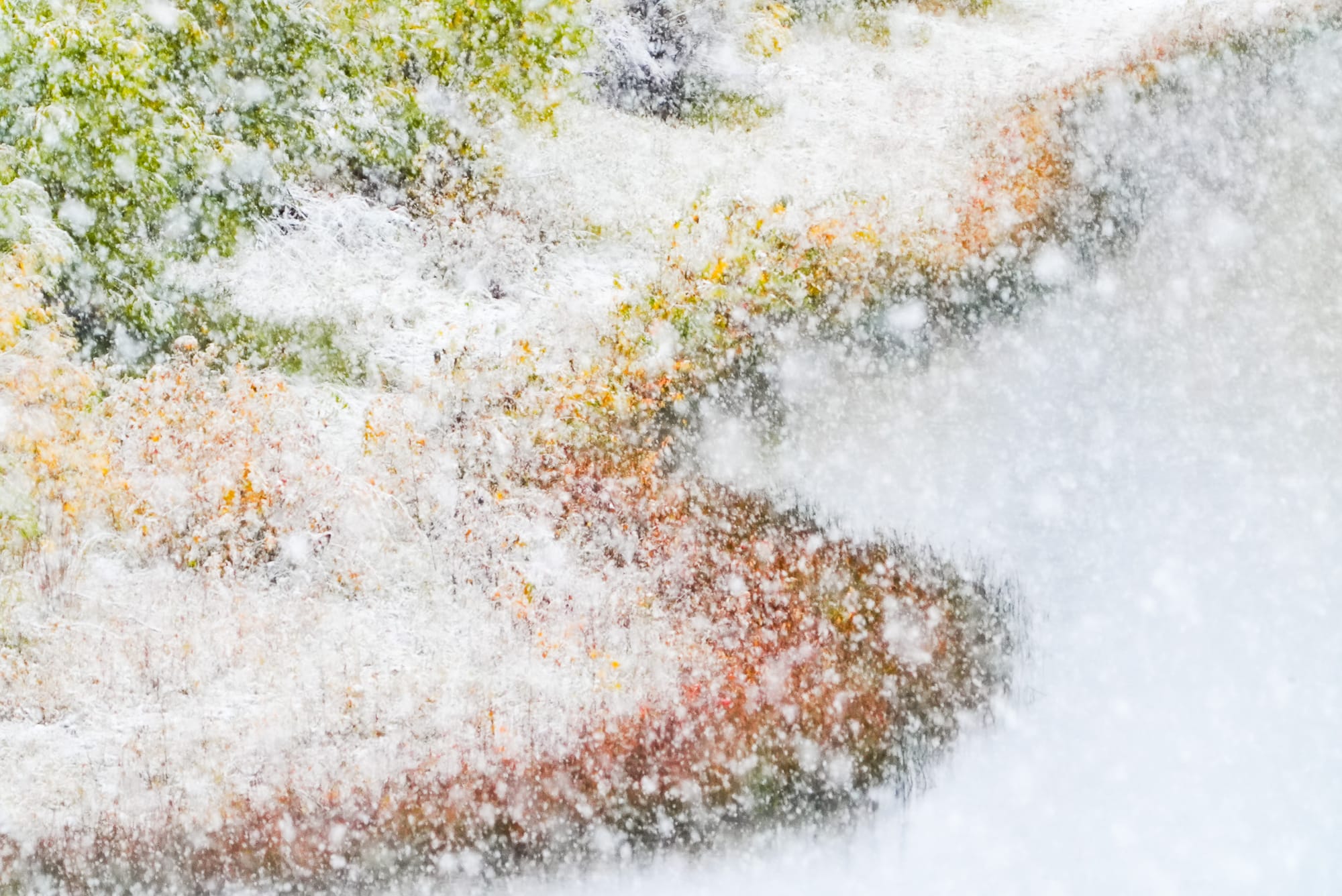
But this entire process is not as straightforward as you might think. Ice crystals need objects to start forming around, as well as special conditions that allow water molecules to stack together in complex and fragile arrangements.
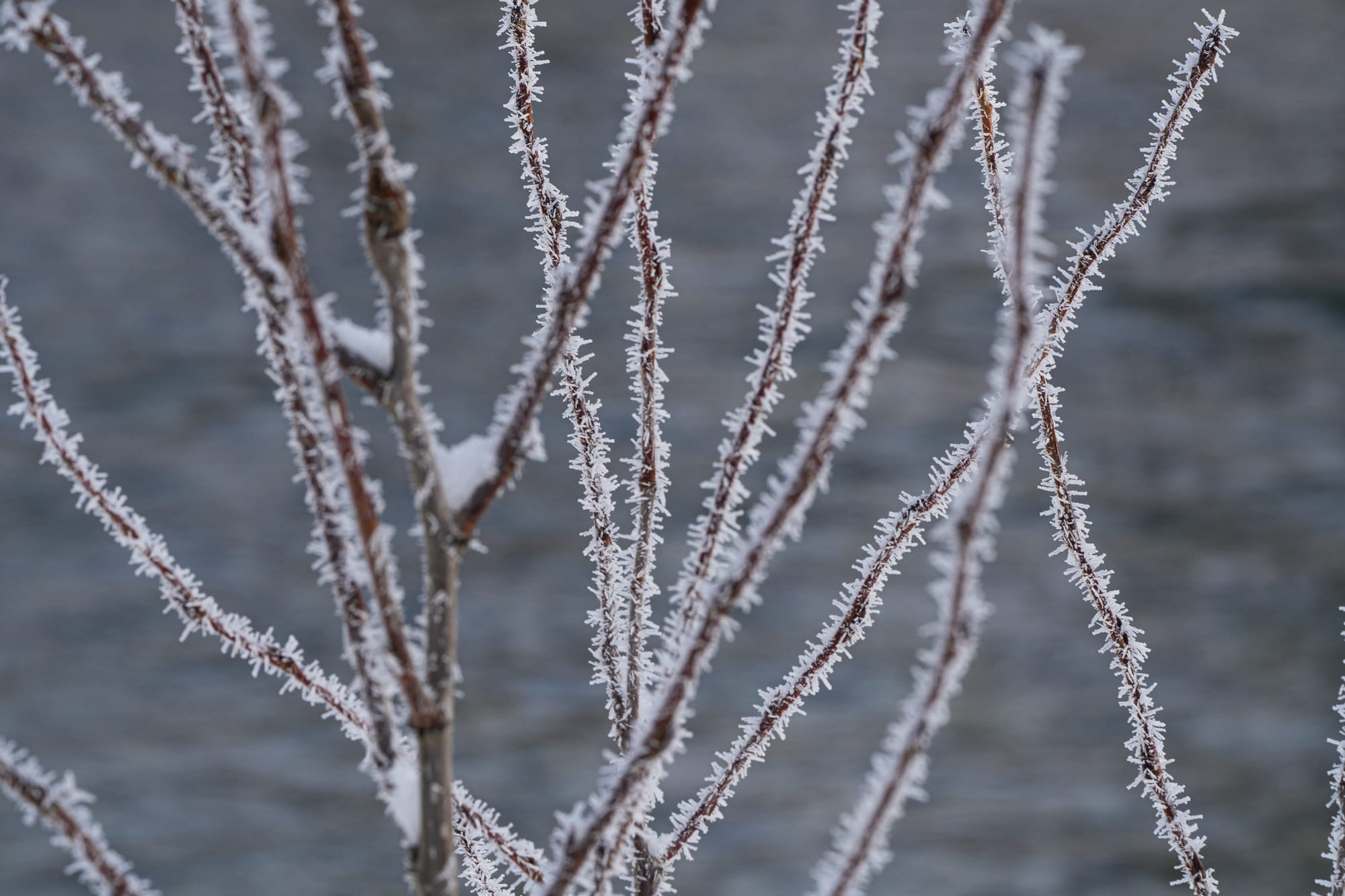
Ice crystals can form around dust particles, soot, or bits of organic debris, but in most cases ice crystals form around certain types of bacteria, especially the exceedingly common bacteria, Pseudomonas syringae. These bacteria are unique in producing proteins on their outer membranes with the exact "lock-and-key" shapes that promote the formation of ice crystals, even at warmer temperatures or in the turbulent conditions found in clouds.
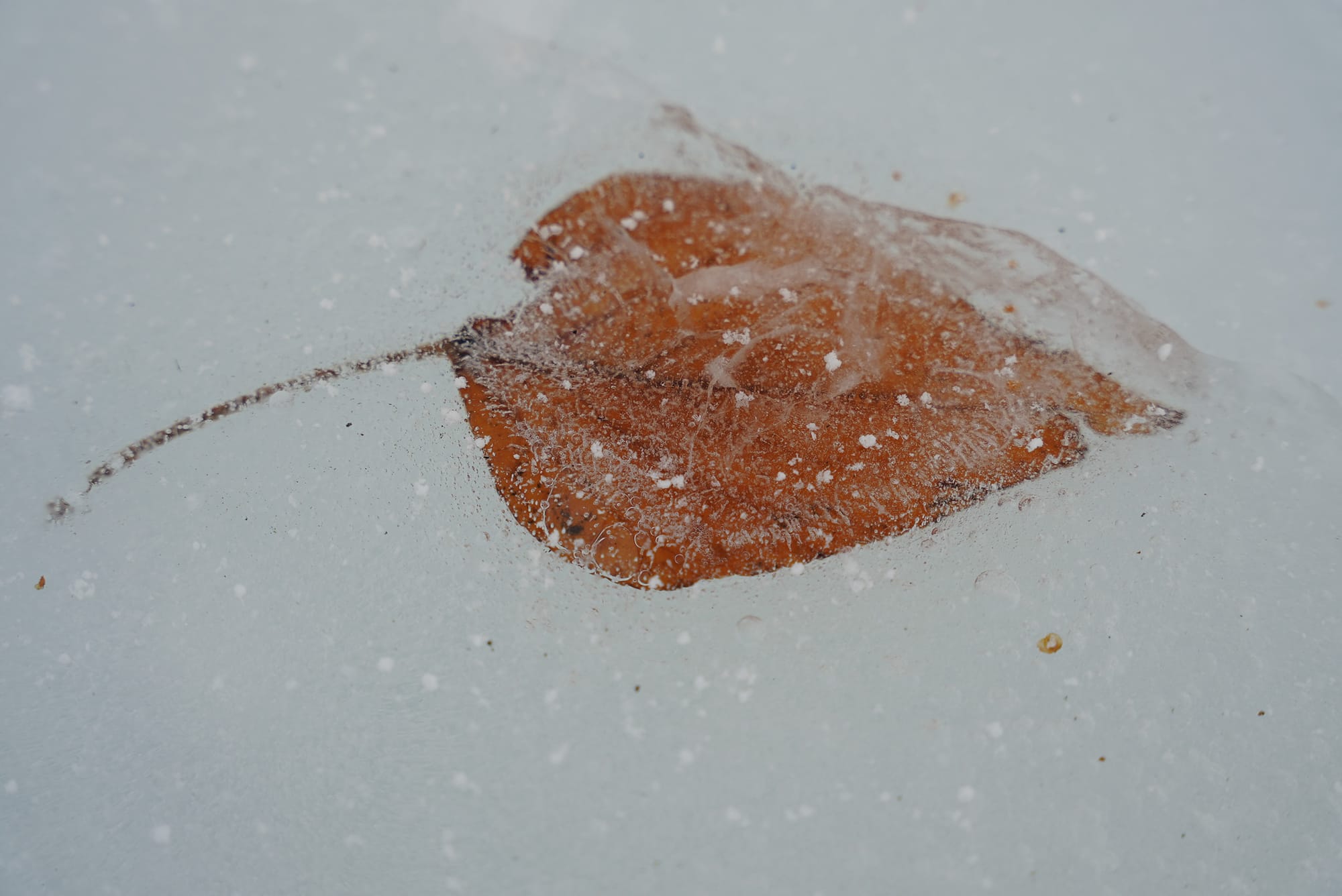
So yes, bacteria in clouds create rain, but that's not why this story is so cool. That has to do with the question of why bacteria have developed their unique ability to produce ice-nucleating proteins in the first place.
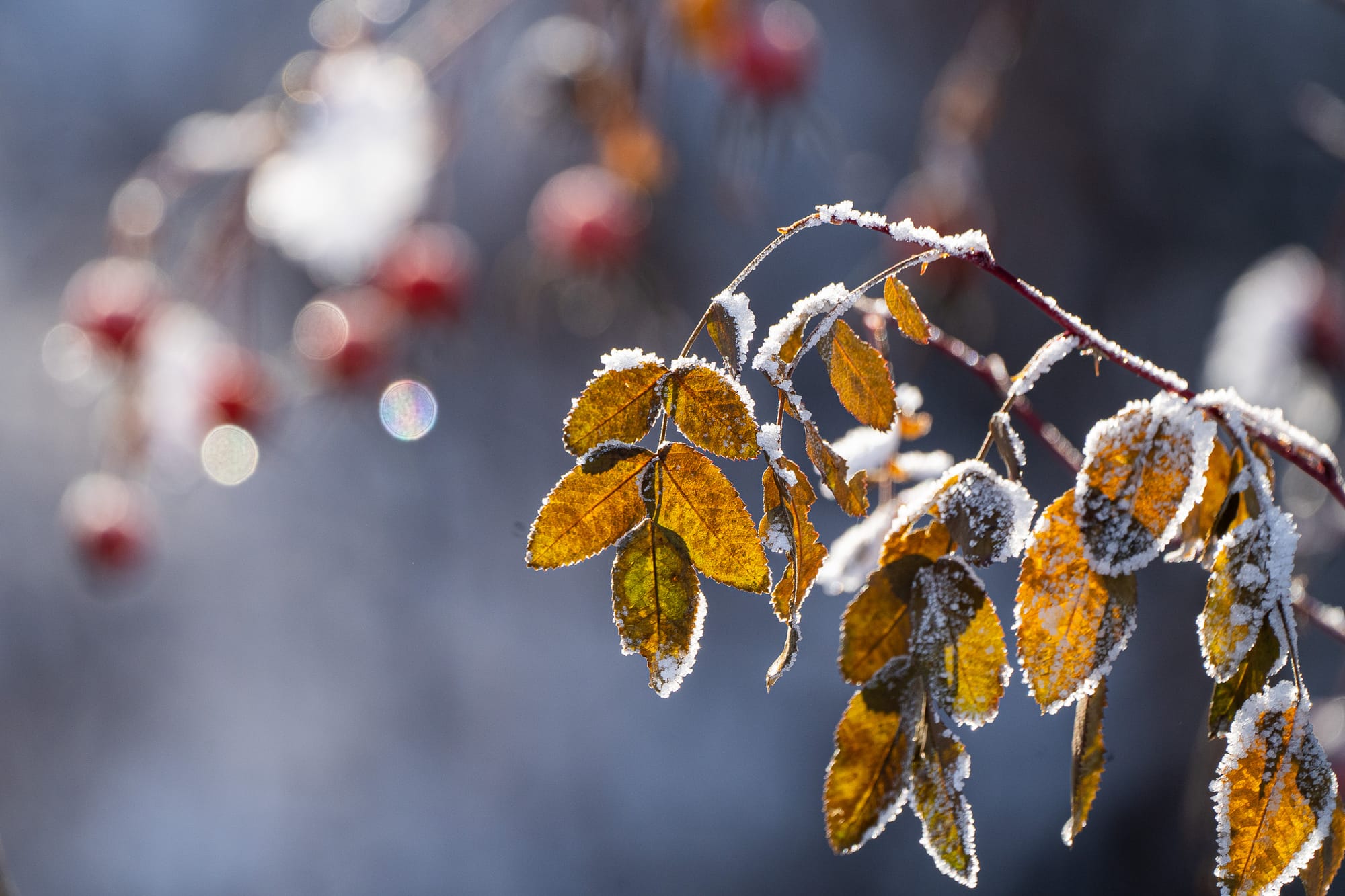
Pseudomonas syringae are ubiquitous bacteria found all over the world. They collect on leaf surfaces in immense numbers and wait for opportunities to invade plant tissues and cause diseases.
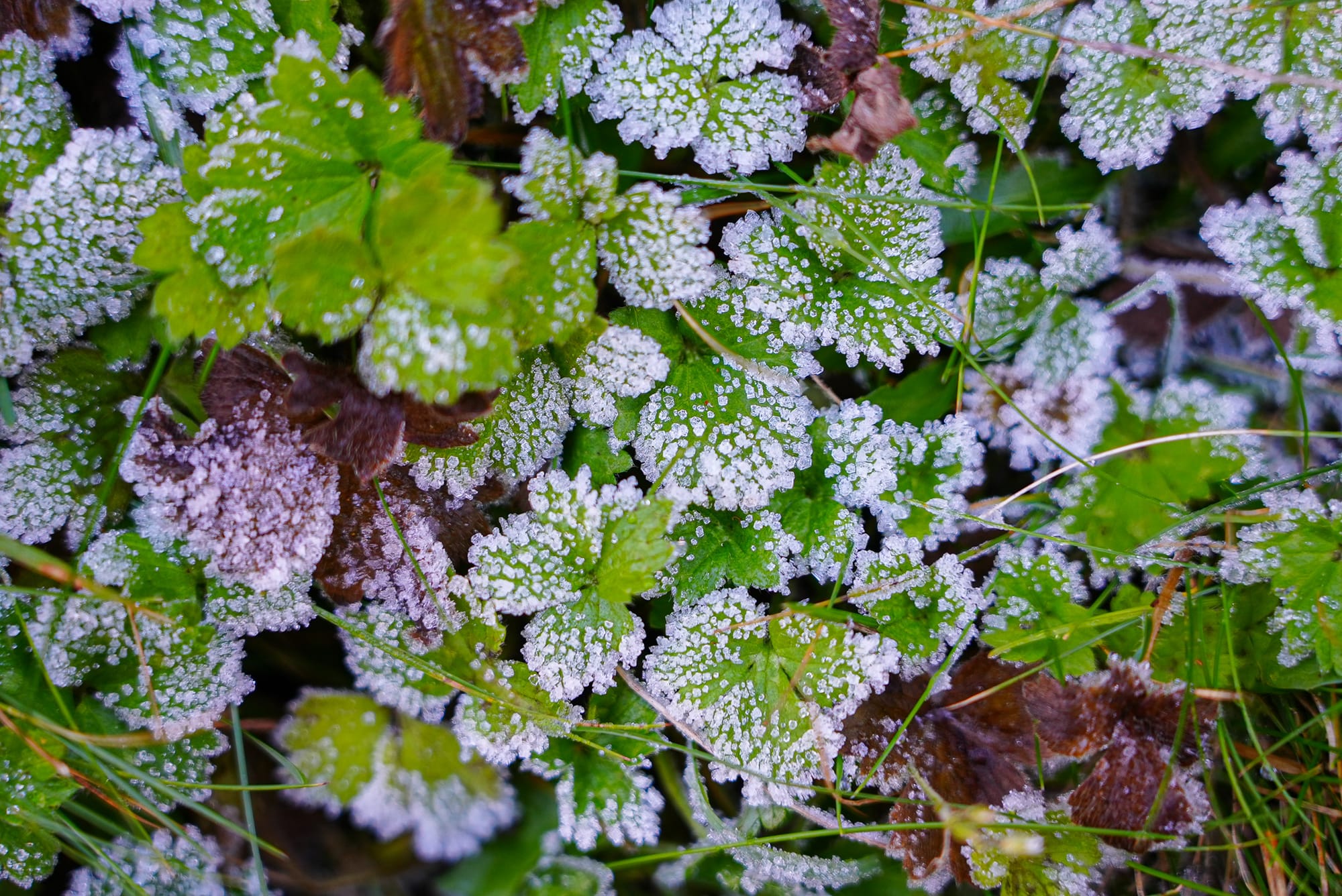
However, the leaves of plants are a formidable and inhospitable obstacle to bacteria because they are dry, devoid of food, and protected by a tough shell. But bacteria have a trick up their sleeves: they have evolved to produce proteins that promote ice-formation on leaf surfaces (even at warmer temperatures), then they use these ice crystals to cut open plant cells like razor blades. This releases water and nutrients that the bacteria need to survive, and also gives the bacteria entry points into injured tissues where they complete their disease-causing life cycles.
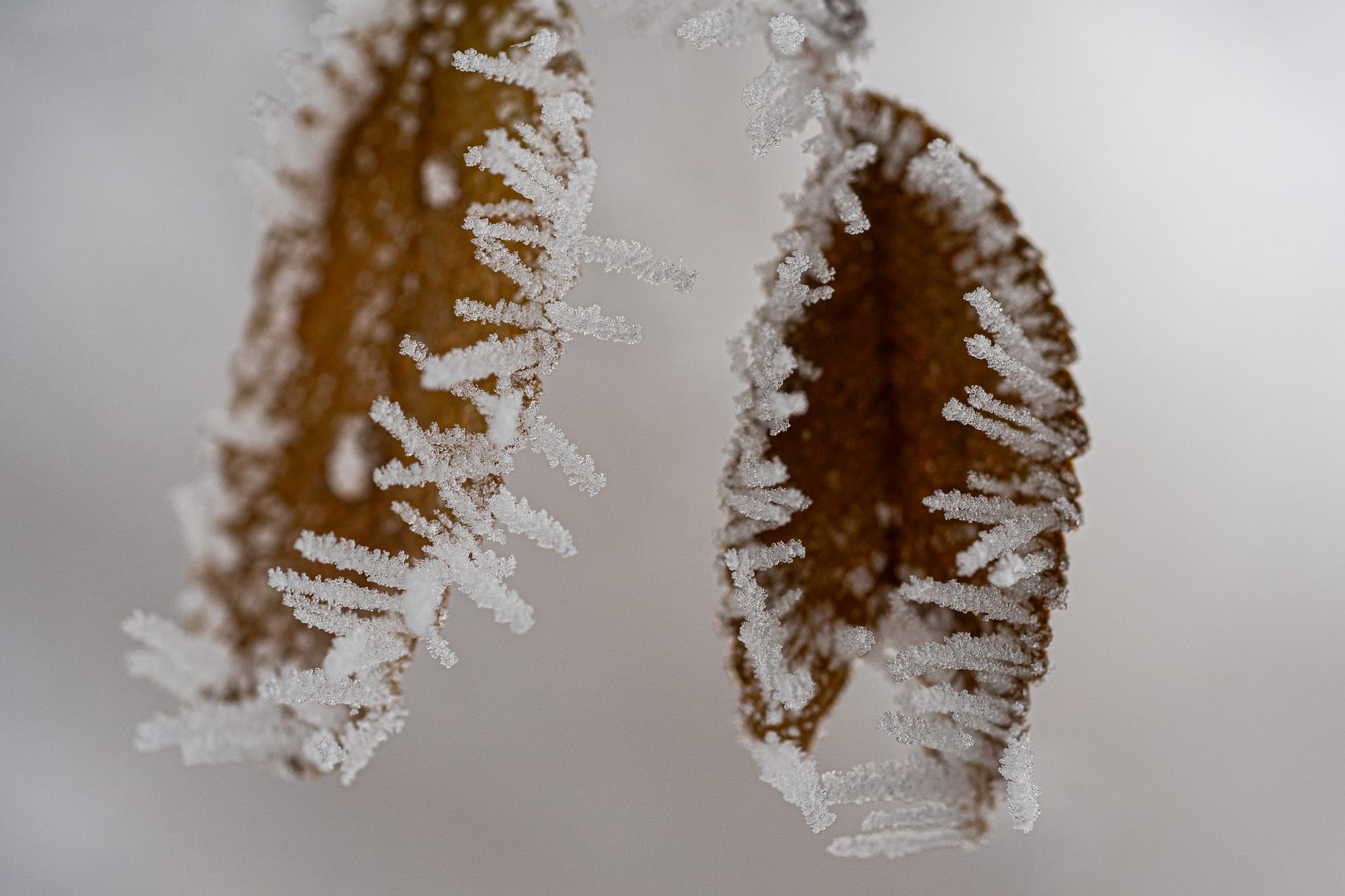
This ice-forming ability also completes another part of their life cycle and makes life as we know it possible. All those bacteria found on leaf surfaces are also being continuously lifted into the air by evaporation and wind, and once airborne they are carried into the atmosphere where they would be trapped forever and killed by the sun's rays and desiccation.
Bacteria floating in water vapor in the atmosphere are basically helpless, so they use their ability to create ice crystals to carry them back down to the earth's surface as rain and snow—and in the process create much of the precipitation we receive.
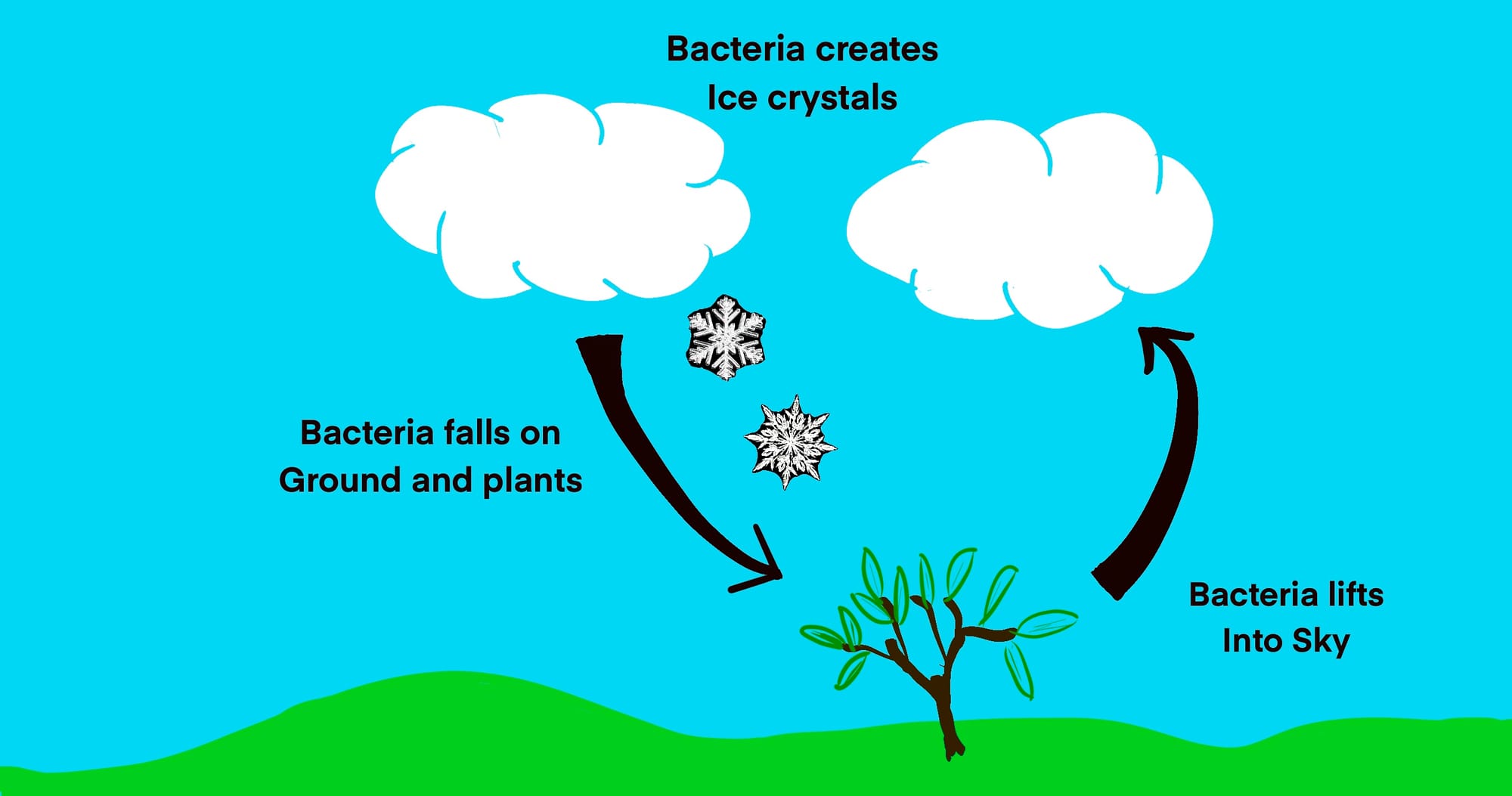
And not only does snow and rain carry bacteria back to earth, but precipitation promotes the growth of plants that bacteria then consume. This cycle of bacteria making rain that grows the plants they eat is called the bioprecipitation feedback cycle, and this loop evolved 150 million years ago, hand-in-hand with the emergence of flowering plants!

Member discussion